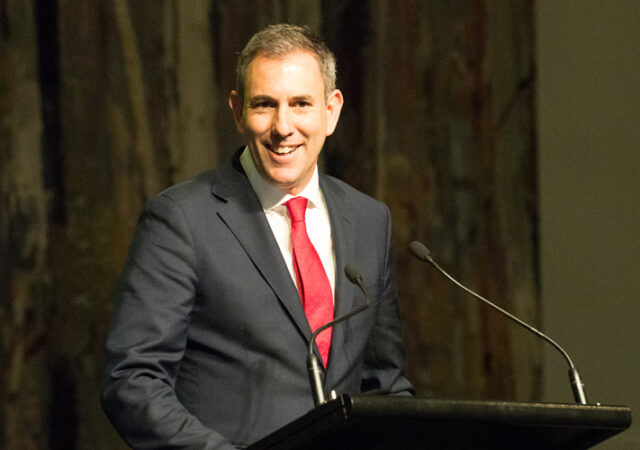Which savings strategies are you currently using? None? It’s definitely time for a rethink!
By Tim Whitehead
It’s three days before pay day and the only things left in your wallet are a couple of faded receipt stubs and a crumpled coffee rewards card, three stamps short of a freebie. You check your bank account on your phone for the third time in an hour, hoping for a miracle, but it’s still full of zeros.
In short, you’re broke. Again.
If this sounds like you, then it’s time to put a stop to the savings blues.
Chances are, the problem with your savings isn’t how much you earn, the number of weddings you’ve been invited to this year, or how easy it is to buy things on the interwebs nowadays. More likely, the problem is you, you big spender. And there’s only one way you’re going to solve it: change your habits.
Here are six savings strategies you know you should follow, but probably don’t.
1. Take a snapshot of your finances.
Before you can save successfully, you’ll need snapshot of your current financial position.
Write down your income for a month on a piece of paper (or tap it into your iPhone, an app, SUM it in excel, or even chalk it up on a blackboard).
Then, go through your bank statements and bills and list all of your expenses for the last month (don’t ‘forget’ to include the expenses on your credit card). When you’re finished, subtract your expenses from your income.
If the amount is positive, that’s the absolute least you should be contributing to savings every month, without fail.
If it’s negative, then priority number one is getting back into the black. Run through those expenses with a fine-tooth comb to find areas where you can cut back.
2. Know what, why, and by when.
If you follow none of the other savings strategies, at least follow this. Knowing what you’re saving for, why you need it and by when will help you find the motivation to actually put the money away.
For example, if you know you need to save $100 a week for the next six months to pay for a week in Thailand, then it makes it much easier to stay on track.
Regular baby steps, rather than $300 here, $125 there, will make it much easier to actually reach your goal, and you’ll feel great watching that balance slowly climb.
3. Find a home for your money.
The magic of compound interest means that a high interest savings account is the best option here (if you can find one). Preferably one that isn’t linked to a debit card and that doesn’t let you access your money without a delay or a penalty.
Look for a fee free account with a high comparative interest rate and good online functionality and security. Use comparison websites like Finder or Rate City to rank offers from the different banks.
Just be careful about tricks banks use to lure you in. For example, a high headline interest rate that expires after a short period of time and reverts to a lower rate.
4. Use technology to do the hard work for you.
You’re a young buck or doe. Stereotypes say that you understand technology because you grew up with dial up internet. So prove it.
Set up an automatic transfer into your savings account from your regular transaction account to coincide with when you get paid. That’s right; didn’t come down in the last shower, did you?
While you’re at it, investigate some of the more interesting micro-investing apps, like Raiz and Sharesies.
5. Put up an umbrella.
You never know what unexpected expense life is going to throw your way next, but if the past couple of years are anything to go by, there’s a good chance it’s going to be a big one.
That’s why it makes sense to have a buffer sitting there for all those times that life rains on your parade, an umbrella if you will.
A rainy day fund is, you guessed it, ‘umbrella’ money set aside for an emergency, and every self-respecting saver should have one.
Keep it separate from your regular savings, and divert a small amount to it each pay day as part of your automatic savings plan. You’ll sleep better knowing it’s there.
6. Tackle bad debt before you start saving.
Finally, let’s take a look at a bit of maths.
High interest debts like credit cards or car loans accrue interest at a massive savings-sapping rate. The interest you’re earning on your savings, on the other hand, is currently pulling in a measly 2 per cent if you’re lucky.
In other words, trying to save when you have high interest debts means your money is going backwards.
Focus on paying down high interest ‘bad debts’ before you start saving money (with the exception of your rainy day fund), and then start building up your stash.
Follow these six simple savings strategies and with time and a bit of good old fashioned gumption, you be able to put an end to those savings blues.




























Trending